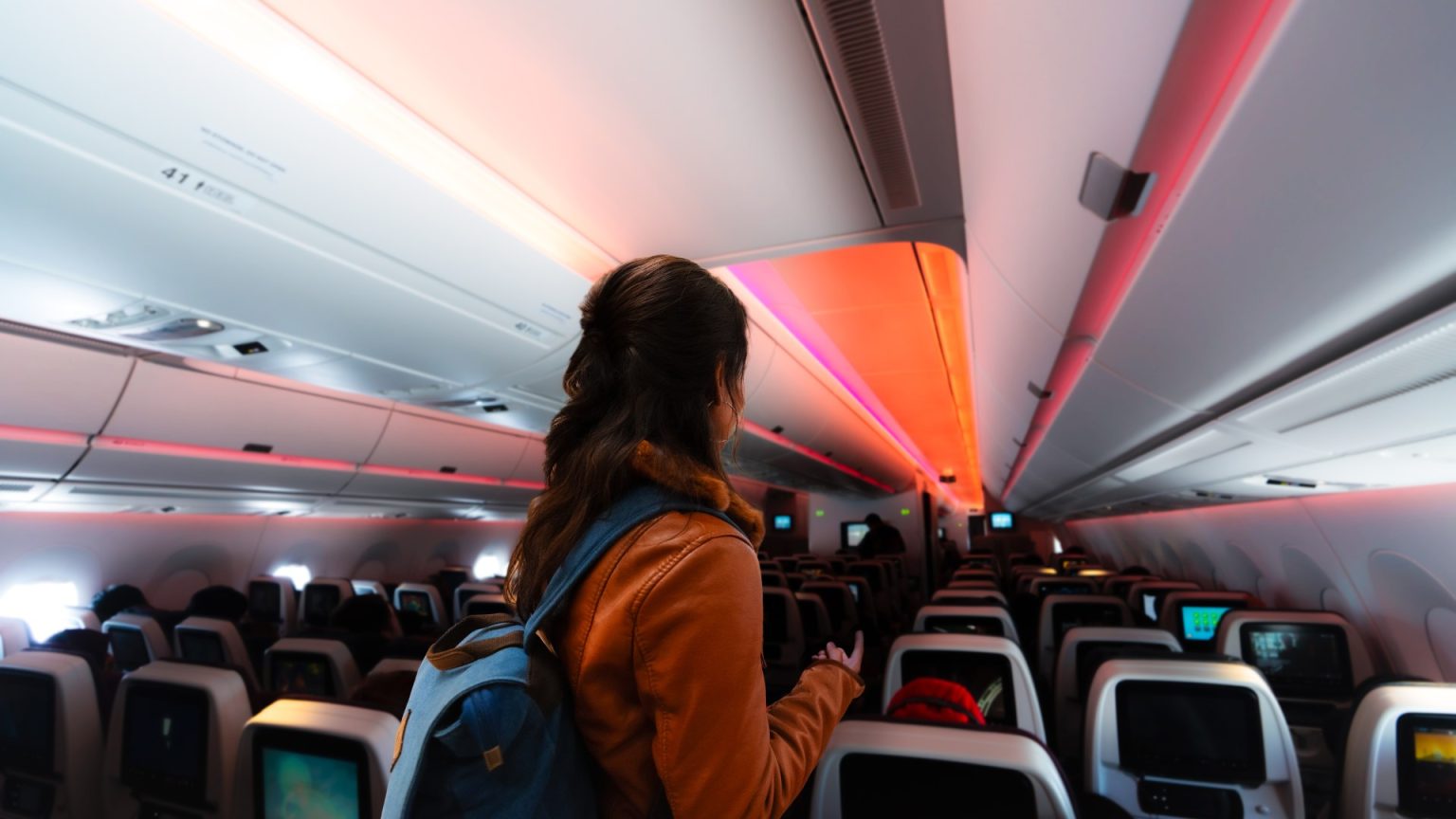Spirit Airlines has implemented a stringent dress code, causing concern and controversy among passengers. The airline’s contract of carriage prohibits passengers from boarding if they are deemed “barefoot or inadequately clothed,” or if their clothing or body art is considered “lewd, obscene, or offensive.” This broad policy encompasses see-through clothing and attire that exposes certain body parts, extending beyond the pre-existing ban on bare feet. The enforcement of these rules has resulted in several incidents where passengers were removed from flights or denied boarding due to their attire. One instance involved a passenger being asked to remove a hoodie bearing a profanity, while another passenger was removed for wearing a crop top. These incidents have sparked debate regarding the airline’s authority to regulate passenger attire and the potential for discriminatory application of these rules.
The issue of airline dress codes extends beyond Spirit Airlines. Several other airlines have faced similar controversies involving passenger attire. In 2023, a Southwest Airlines passenger was instructed to cover up while wearing a sports bra and joggers, raising questions about the appropriateness of such requests. Similar incidents have occurred on other airlines involving clothing with swear words or political messages. These incidents highlight the challenges airlines face in balancing passenger comfort and freedom of expression with the need to maintain a respectful and orderly environment onboard. While some airlines have explicit dress codes, others rely on more general guidelines that leave room for interpretation, potentially leading to inconsistent enforcement and passenger frustration.
Spirit Airlines’ dress code enforcement has raised concerns about potential discrimination and subjective interpretation. The vague language used in the policy, referring to “lewd, obscene, or offensive” attire, leaves room for individual biases to influence enforcement decisions. This raises the possibility that certain passengers may be unfairly targeted based on their personal style or self-expression, leading to feelings of humiliation and discrimination. The lack of clear and objective criteria for determining what constitutes inappropriate attire can create confusion and uncertainty among passengers, making it difficult for them to comply with the airline’s policy.
The broader debate surrounding airline dress codes involves balancing passenger comfort and self-expression with the need for a respectful and orderly environment. Passengers often prioritize comfort, especially on long flights, and may choose to wear clothing they find comfortable and practical. However, airlines also have a responsibility to ensure a safe and pleasant travel experience for all passengers. This necessitates establishing certain standards of conduct and attire to prevent disruptions, conflicts, and discomfort among passengers. Finding the right balance between these competing interests is a complex challenge for airlines.
While several airlines have dress codes or guidelines regarding passenger attire, the level of enforcement and specificity varies. Some airlines, like Spirit and American Airlines, have explicit warnings against offensive clothing or bare feet. Others, like Delta and United Airlines, have broader policies addressing passenger conduct and attire that may create an “unreasonable risk of offense or annoyance.” Many airlines in the UK, including British Airways, Ryanair, and easyJet, lack formal dress codes but retain the right to refuse boarding to passengers with inappropriate clothing. This patchwork of policies highlights the lack of industry-wide consensus on appropriate passenger attire and the potential for inconsistent enforcement across different airlines.
The lack of standardized dress codes in the airline industry has led to confusion and uncertainty among passengers. Passengers may be unsure of what constitutes acceptable attire on different airlines, leading to anxiety and potential conflicts with airline staff. The subjective nature of some dress code policies further complicates matters, leaving passengers vulnerable to discriminatory enforcement based on individual biases. A more standardized approach to airline dress codes could provide clarity for passengers and ensure more consistent enforcement, minimizing the risk of unfair treatment and promoting a more positive travel experience for all. While airlines should retain the right to address truly disruptive or offensive behavior, clear and objective guidelines would help prevent misunderstandings and ensure passengers are treated fairly and respectfully.










